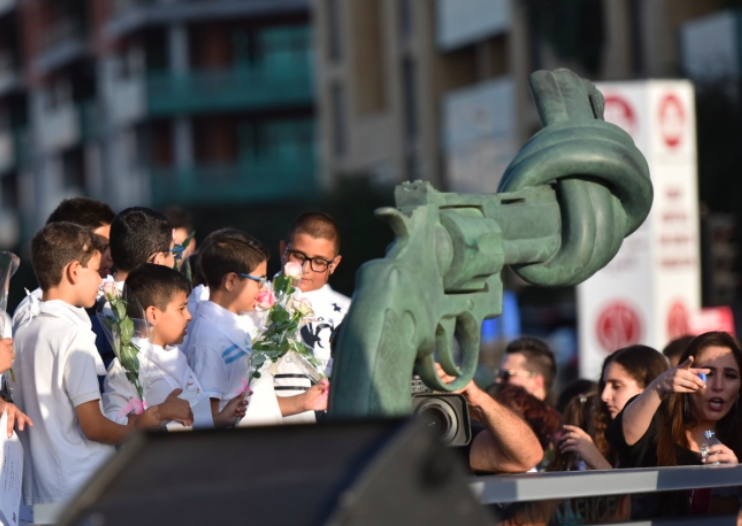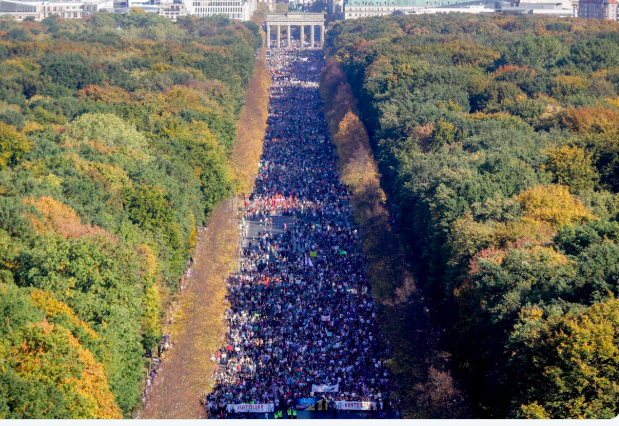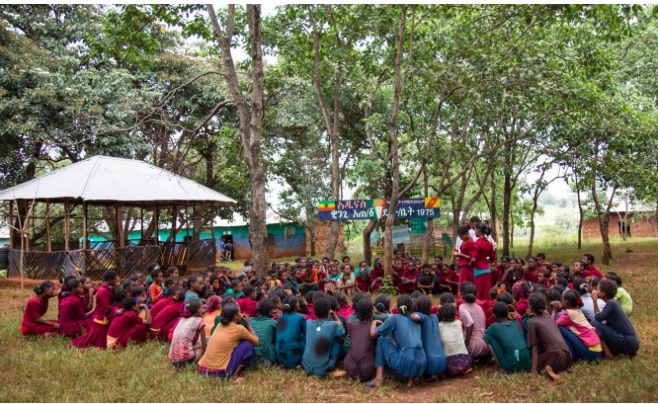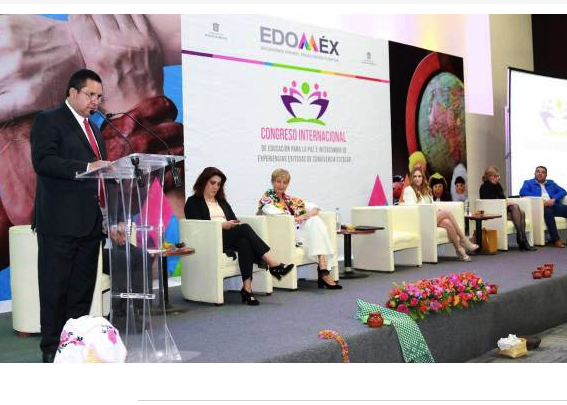EDUCATION FOR PEACE .
special to CPNN
On the occasion of October 2, The International Day of Non‐Violence, the Academic University for Non-Violence and Human Rights – AUNOHR launched “The National Day of Non-Violence in Lebanon” and unveiled the universal “Sculpture of Non‐Violence” (The iconic knotted gun by the late Swedish painter, sculptor and peace activist Carl Fredrik Reuterswärd), in a first Arab capital, Beirut, on October 2nd 2018, in the presence of Arun Gandhi, the grandson of Mahatma, Mr. Blaise Oberson, CEO of the Non-Violence Project Foundation (NVPF) which owns the rights of the sculpture, and Ms. Ingeborg Breines, former UNESCO and former co-president of the International Peace Bureau and member of the International Advisory Council of AUNOHR.
 >
>The Oct 2nd celebration was a cultural commemoration, under the patronage of the Prime Minister Mr. Saad Hariri who was represented by the Minister of Culture Mr. Ghattas Khoury, with the participation of officials, ambassadors, artists, intellectuals, media, academics, civil society, international organizations, youth and students from all the country.
It was an impressive event, broadcasted live on the main Lebanese TV channel (LBCI), and supported by BDL, UNICEF, LACR, individuals and many contributions in kind.
On the basis of AUNOHR’s initiative, a Ministerial Decree was declared in October 2016 to establish officially the National day for the culture of non-violence in Lebanon, and thus to coincide with the International Day of Non-Violence, adopted by the UN in 2007, October 2nd, the birthday of Mahatma Gandhi.
(continued in right column)
(continued from left column)
Arun Gandhi’s presence as guest of honor inspired the audience; he was on a first visit to Lebanon as a member of the International Advisory Council of the University. When he learned about the founding of AUNOHR in 2009, he was overwhelmed “My grandfather always dreamed of a professional institution that teaches non-violence that will continue through generations and liberate nations… I was ecstatic when I heard that an Arab University for Nonviolence is taking shape in Lebanon and I am happy to be associated with this venture…”
Celebrating Pioneer Achievements
Dr. Ogarit Younan, AUNOHR Founder and the initiator of the event and these pioneer achievements, emphasized that it is our responsibility to choose non-violence over violence by following the idea of this statue and the words of Gandhi “Be the change that you want to see in the world”. She expressed the founders’ satisfaction in introducing the culture of non-violence into the decision of the Council of Ministers and the institutionalizing of non-violence culture in school curricula through a pioneering agreement with the Ministry of Education and Higher Education in Lebanon. She also extended the founders’ appreciation for this courageous initiative establishing a “knotted gun” in a public place in Beirut especially in view of prevalent circumstances… numerous conflicts, extremism and violence.
Arabic Version of “Imagine” by Children
With charming and touching voices, eight children from the Arabic program “The Voice Kids” from Lebanon, Syria and Iraq, sang John Lennon’s song “Imagine”, a special and impressive compilation arranged by Jean-Marie Riachi, a peaceful artistic achievement produced by the University for its wide dissemination throughout the Arab world.
Schoolchildren Designed the “Knotted Gun”
Many children from different schools, regions and religions in Lebanon, designed the “knotted gun” with their creative ideas after being trained on the meaning of the sculpture and the Day of non-violence, and participated in this first celebration with their teachers and parents. They overwhelmed the place with their paintings, a rose in their hands with a certificate of appreciation offered by AUNOHR.
These children and young singers will be the voice of the “knotted gun” and the ambassadors for the culture of peace and non-violence for generations to come…








